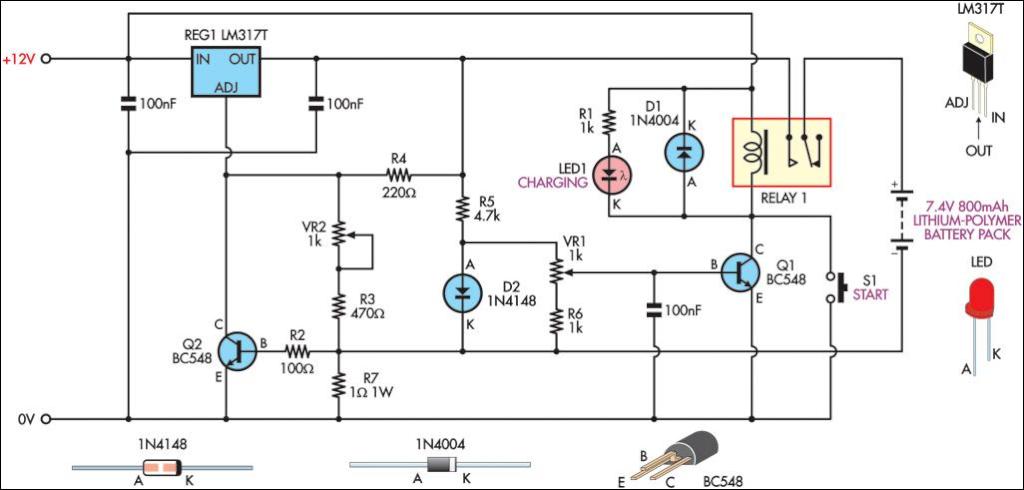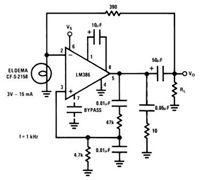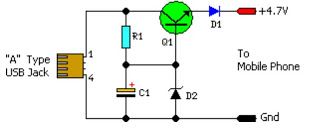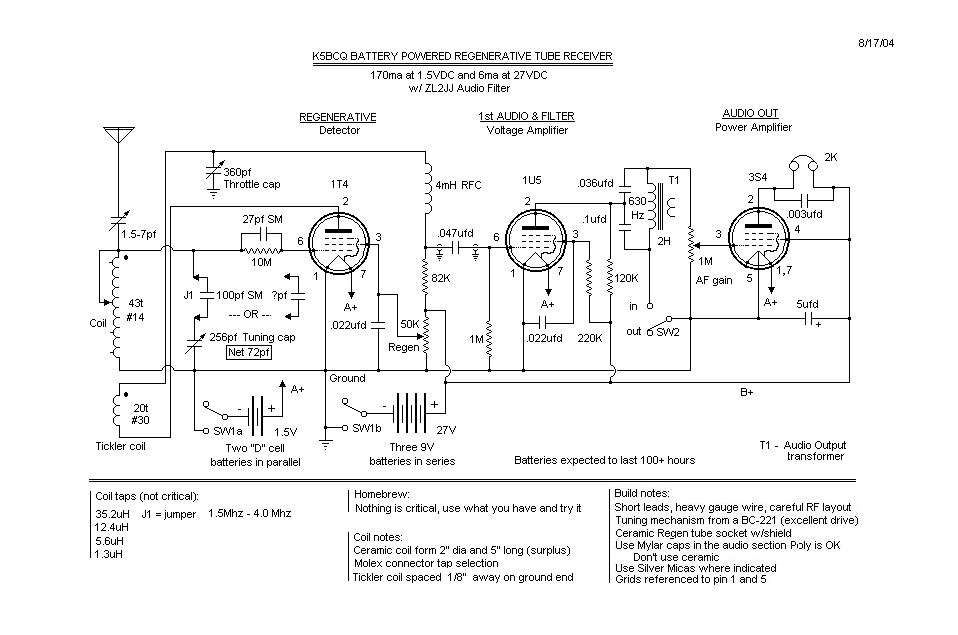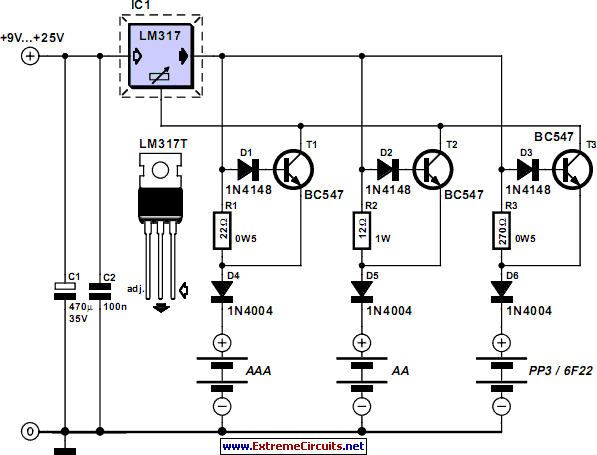
motorcycle battery charger
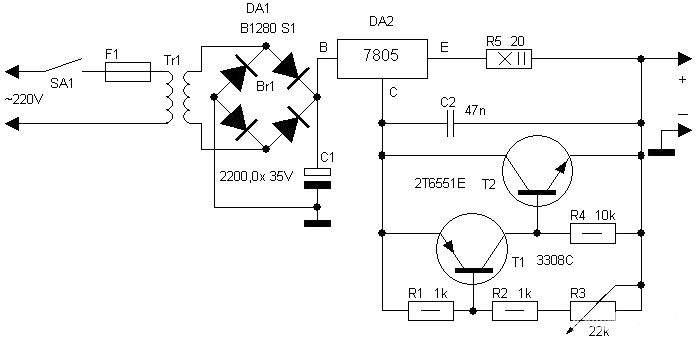
Motorcycle battery charger power supply. Refer to the mentioned page for an explanation of the power supply related circuit diagram. The description of the battery charger indicator: The circuit above enhances the appearance of a simple battery charger, making it look sophisticated. This circuit serves as a charging indicator for the battery charger, used to check whether the battery is charging or not. The voltage comparator LM393 IC is the core component of this battery charger indicator circuit. The LED (D1) remains lit when at least 25 milliamps of current flows to the battery. This circuit is specifically designed for a 12V battery.
The motorcycle battery charger power supply circuit is designed to efficiently charge a 12V lead-acid battery while providing a visual indication of the charging status. The primary component of the circuit is the LM393 voltage comparator, which monitors the voltage level across the battery terminals. The LM393 is a dual comparator integrated circuit that can be utilized to compare the voltage from the battery with a reference voltage to determine the charging status.
In this circuit, the LED indicator (D1) plays a crucial role. It is connected in such a way that it lights up when the current flowing to the battery reaches a minimum threshold of 25 milliamps. This threshold ensures that the battery is receiving sufficient current for charging, thus providing a clear visual indication to the user. The LED serves as a simple yet effective method to notify the user when the charger is actively supplying power to the battery.
The circuit's design also incorporates necessary components such as resistors and capacitors to stabilize the operation of the LM393 and to filter out any noise that may affect the voltage readings. The use of appropriate resistor values is essential to set the reference voltage for the comparator, ensuring accurate monitoring of the battery's state.
Overall, this motorcycle battery charger circuit not only provides an efficient means to charge a 12V battery but also enhances user experience with its integrated charging indicator, making it a practical solution for motorcycle maintenance.Motorcycle Battery Charger power supply. Go to that page to read the explanation about above power supply related circuit diagram. Description ofbatterycharger indicator: The circuit above willmakeyoursimplebatterychargerlook sophisticated. This circuit is a charging indicator forbatterycharger. Its usedto checkwhether thebatteryis chargingornot. VoltagecomparatorLM393 ICis the heartofthis Battery charger indicator circuit. D1LEDstays litwhenthere areat least 25milli-amps of currentwhich flowsto the battery. This circuit isdesignedspecifically for12Vbatterywith. 🔗 External reference
The motorcycle battery charger power supply circuit is designed to efficiently charge a 12V lead-acid battery while providing a visual indication of the charging status. The primary component of the circuit is the LM393 voltage comparator, which monitors the voltage level across the battery terminals. The LM393 is a dual comparator integrated circuit that can be utilized to compare the voltage from the battery with a reference voltage to determine the charging status.
In this circuit, the LED indicator (D1) plays a crucial role. It is connected in such a way that it lights up when the current flowing to the battery reaches a minimum threshold of 25 milliamps. This threshold ensures that the battery is receiving sufficient current for charging, thus providing a clear visual indication to the user. The LED serves as a simple yet effective method to notify the user when the charger is actively supplying power to the battery.
The circuit's design also incorporates necessary components such as resistors and capacitors to stabilize the operation of the LM393 and to filter out any noise that may affect the voltage readings. The use of appropriate resistor values is essential to set the reference voltage for the comparator, ensuring accurate monitoring of the battery's state.
Overall, this motorcycle battery charger circuit not only provides an efficient means to charge a 12V battery but also enhances user experience with its integrated charging indicator, making it a practical solution for motorcycle maintenance.Motorcycle Battery Charger power supply. Go to that page to read the explanation about above power supply related circuit diagram. Description ofbatterycharger indicator: The circuit above willmakeyoursimplebatterychargerlook sophisticated. This circuit is a charging indicator forbatterycharger. Its usedto checkwhether thebatteryis chargingornot. VoltagecomparatorLM393 ICis the heartofthis Battery charger indicator circuit. D1LEDstays litwhenthere areat least 25milli-amps of currentwhich flowsto the battery. This circuit isdesignedspecifically for12Vbatterywith. 🔗 External reference
